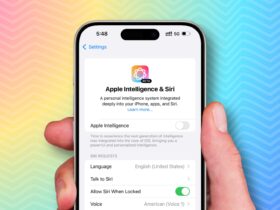Daftar Isi
Google Translate, the ubiquitous language translation tool, is breaking down barriers and connecting people across the globe. In its most significant expansion to date, Google is adding 110 new languages to its repertoire, thanks to the power of its PaLM 2 large language model (LLM). Let’s delve into the details of this groundbreaking update.
PaLM 2 LLM: The Magic Behind the Scenes
Enter PaLM 2, Google’s powerful language model. Leveraging advanced neural network architectures, PaLM 2 has the capacity to learn and understand intricate linguistic patterns. With this robust foundation, Google is now rolling out an impressive array of 110 new languages to Google Translate.
A World of Voices
These newly supported languages represent over 614 million speakers, approximately 8% of the world’s population. Let’s explore some of the fascinating additions:
- Afar: Spoken in Djibouti, Eritrea, and Ethiopia, Afar is a tonal language with a rich cultural heritage.
- Cantonese: Long requested by users, Cantonese now joins the Google Translate family. Its unique overlap with Mandarin posed challenges, but Google’s models have risen to the occasion.
- Manx: The Celtic language of the Isle of Man, Manx almost faced extinction. Thanks to a revival movement, thousands of speakers now keep it alive.
- NKo: A standardized form of West African Manding languages, NKo unifies dialects into a common language. Its unique alphabet was invented in 1949.
- Punjabi (Shahmukhi): The most spoken language in Pakistan, Punjabi (Shahmukhi) is written in the Perso-Arabic script.
- Tamazight (Amazigh): A Berber language spoken across North Africa, Tamazight has many dialects but generally mutually understandable written forms.
- Tok Pisin: An English-based creole, Tok Pisin serves as the lingua franca of Papua New Guinea.
A Quarter from Africa
Around 25% of the new languages come from Africa, marking Google’s most extensive expansion of African languages to date. Notable additions include Fon, Kikongo, Luo, Ga, Swati, Venda, and Wolof.
Bridging Cultures, One Translation at a Time
Google Translate’s commitment to inclusivity and linguistic diversity is commendable. As we celebrate this milestone, let’s remember that language connects us all, transcending borders and fostering empathy. With PaLM 2 LLM leading the way, Google Translate continues to break down language barriers, making the world a little smaller and a lot more interconnected.






























